Roman Ruins and Satellites
“Look at this guy, carrying his fish he just got at the market,” Boris said, pointing directly at a tall, gray haired man just a few feet away, clutching a yellow plastic bag. “He doesn’t care that he’s walking on a 2,000 year old Roman road.” The fish-bearing man grimaced at the three of us staring at him while we absorbed the point that Boris made to us over and over again.
“This is the only place in the world where satellite dishes hang off of ancient Roman buildings.” While we walked around the inside of the Diocletian Palace, Boris constantly pointed out the juxtapositions of old and new – refrigerators seen through windows framed by large Roman arches, air conditioning units and satellites hanging off the walls, new brightly colored buildings built around the frame of ancient stones.
One of these things is not like the other…
Modern electronics on old walls
The Diocletian Palace in the city of Split, Croatia is the only of it’s kind built outside of Rome. The Emperor Diocletian, having grown up in a smaller nearby town, built it as a place to retire from his post with the Roman Empire. Taking only 10 years to build and having been completed in 305 A.D, it has survived centuries well intact. The emperor only enjoyed living there for 6 years in his palace before dying. His successor was the first to recognize Christianity as a religion in the area and soon began to make drastic changes.
Over the years, artistic flourishes by new rulers make for an eclectic mishmash of styles. Some of the ancient cathedral’s beautifully preserved Roman arches are covered in Renaissance art. It is both distracting and appealing, but keeps with the scattered theme of the city.
What was originally built as a temple to Jupiter (Zeus), now houses a statue of St John the Baptist.
Big changes continued. As we wandered up and down the ancient streets of the old Palace, Boris pointed out historically significant spots with more amusing contradictions – an open soldiers corridor that is now an enclosed church, complete with an elevator for the old nuns to come to and fro. Even an old sewage cover found in the corner of a shoe store, and a preserved Roman road running through the center of a bank.
It appears that preservation is not always important to the residents, and Boris stated that tourists generally know more about the history than they do.
I am undecided as to how I feel about this. As a tourist, I love the idea of the entire world of ancient ruins and wonders of nature being kept pristine and frozen in time as an exotic museum waiting for me to visit and explore. But at the same time, the fact that a population of people lives among this monumental architecture after 2,000 years and still puts it to good, functional use, equally impresses me.
And I can’t entirely fault them for not waking up everyday with wide-eyed wonderment and appreciation of their surroundings, when clearly there are many amazing things about my home I took for granted. My embarrassingly infrequent trips to the nearby Rocky Mountains, or seeing Aurora Borealis so regularly in my backyard I became dismissive of it.
It’s so easy to forget how special those things or experiences are when they’re always in front of you.
**********
Many thanks to Boris and the Croatian National Tourist Board for the complimentary city tour.

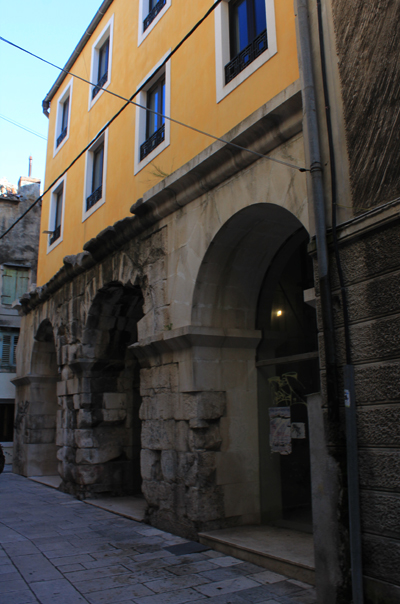

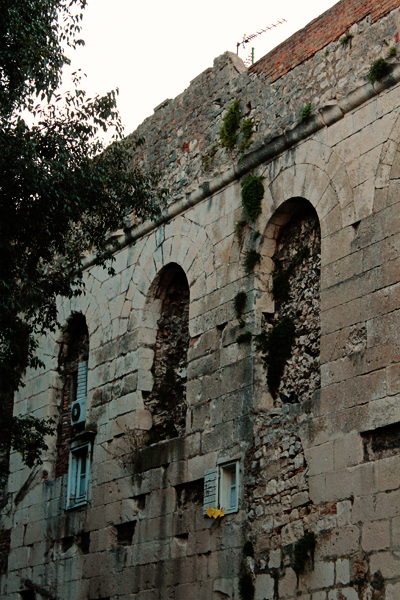
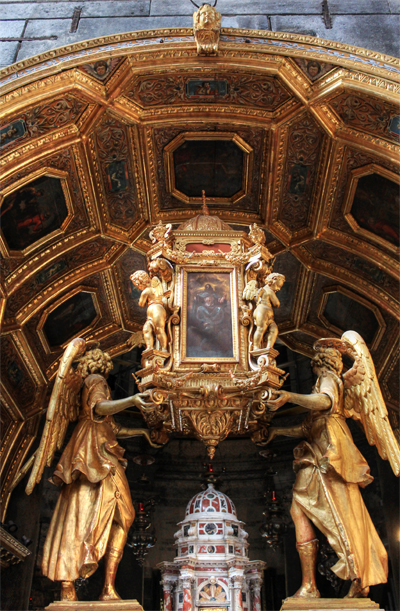
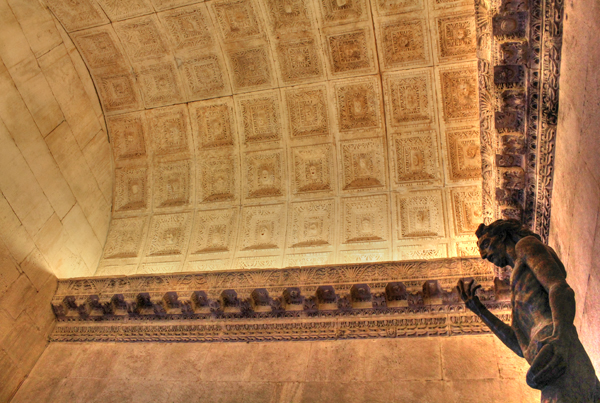
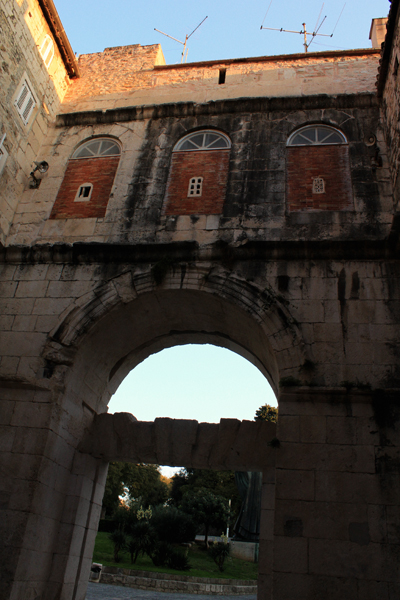
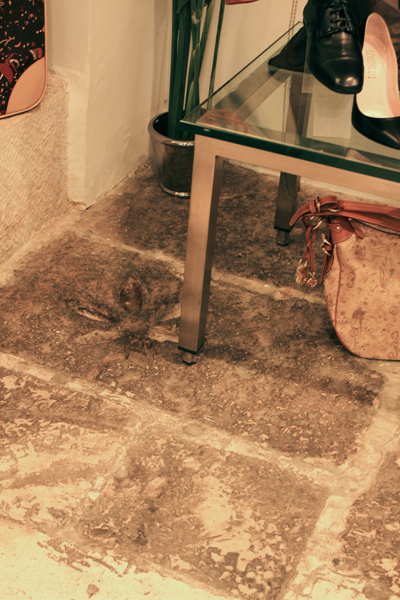
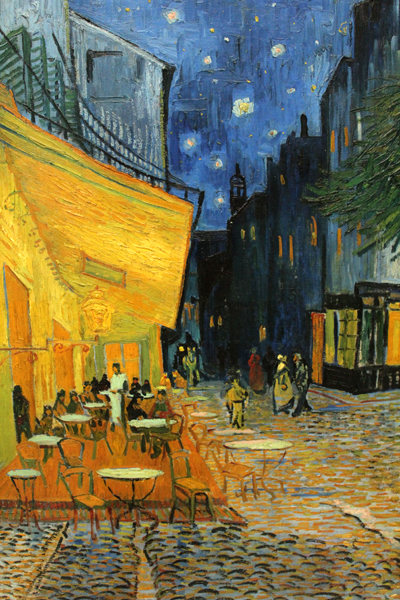
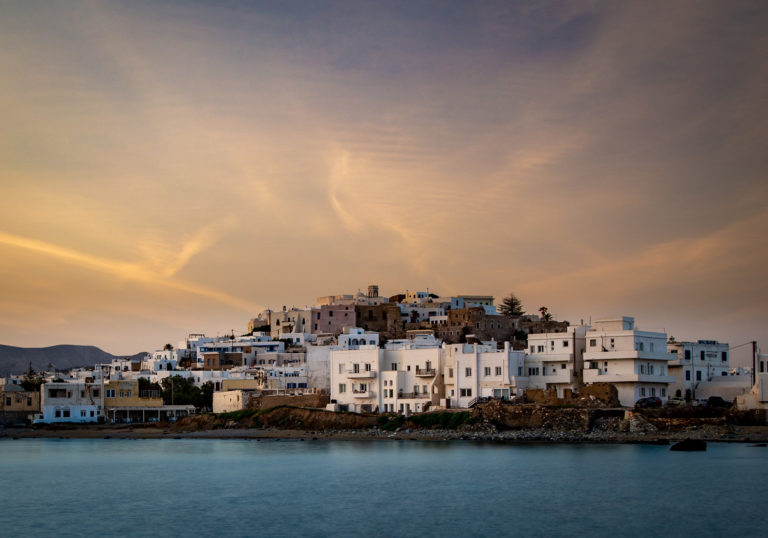

Bummer we missed meeting you guys by a couple of weeks! I’m sure our paths will cross again though! Keep in touch. 🙂
That is too bad that we missed you (and that our writing is so slow!) 🙂
I think you make a really interesting point about ruins – on one hand they should be preserved (right?!), but on the other hand life goes on… and it’s kind of neat when they get integrated into a culture’s everyday existence.
I’m so excited about your Eurail trip – can’t wait to read more!
Yeah, I was always on board with the fact that everything should be taken care of for generations to come, but then what happens eventually? The whole world can’t be “touched”? I think it’s kinda cool that it still is fully functional, and let’s face it, those Romans got it right – those buildings have many years left in them!
I rarely read a bad word about Croatia. I think you are going to love Slovenia, too, everyone seems to give high praise, especially to Ljubljana and Bled.
Yes, we’ve already been through there (we are SLOW bloggers), and developed some mad love for Slovenia as well. Posts coming soon!
I think its quite good that people still live there it means that culture is still going on within them
I totally agree. There is something so special about living somewhere like that.
It’s special yes, especially if they appreciate it. I’m not sure that is always the case…
I loved these. Just the kind of thing I love to discover when I travel–particularly loved the Roman Road running through the bank. Life goes on, indeed–and on and on and on.
Split was so much fun to wander through and discover. We’re so glad we had such an excellent tour guide as there were other things we would have missed, I am sure!
that place is a mix blend of the old and the new, old buildings followed by buildings that have AC, satellites and fridges
So true about taking things at home for granted.
I have noticed a similar… um… lack of respect in Latin America. I think there is a difference between taking things for granted and not caring about preservation and conservation.
Oh yes, we know what you mean in Latin America. They are particularly “good” at that.
Freezing historical sites in time pretty much kills actual cultural activity, and turns it into a lifeless and boring watch-only do-not-touch pre-digested museum attraction.
It is much more useful and interesting to build on top of what ancestors built, than to stand aside and worship them.
That is what culture is, it does things throughout time, and into the future. Unfortunately freezing historical sites in time happens to be part of our culture as well, do we have a museum of old museums yet?
I can’t disagree with you at all Jan. Although it would be a shame to lose these things in the long run because they may not be properly preserved. It’s a tough position.
It’s kind of awesome that it’s a “functional” museum. But still, the buildings can be maintained AND still be used.
I think it is awesome too…but I’m not sure the motive to preserve is there in this case (I could be wrong). Would hate to think of it all disappearing someday…
Love the contrasts. Keeping the old while embracing the new. Beautiful shots as well.
I loved it too, really. It just felt very real and authentic to be there, vs. a museum type “sterile” setting.
I think everyone who lives with history becomes immune to it. That was very much my experience of China, where they have more continuous history than anywhere in the world. But it does change as wealth comes into a country. in two generations time, the ruins will be pristine.
So interesting to think about such old history in these unexpected, ordinary places and the residents living among it. I saw some great Roman ruins in Croatia (but I didn’t make it to Split).
This was how Bulgaria is as well (just up the street from Croatia). I know this is an older post, but I wanted to comment nevertheless since I just stumbled across this.
When I was living there the entire countryside is chock-full of Roman as well as Byzantine ruins dating back over the millenia. At least there, they are very keen on preserving the heritage. Such as when they were digging for the new metro in Sofia, they uncovered a previously unknown layer to the city, just as what has gone on in Rome….with cities that are literally 6,000 and more years old, there are levels and levels of history that are uncovered each year 🙂
We found the same situation in Turkey as well. Amazing that so much still exists that we don’t know about.
Dismissing Aurora Borealis in your backyard?? Shame! Haha, I know exactly how that goes though growing up on the beaches of Southern California…did everything I could to get away from them but now that I am living in Sweden, sometimes wish I hadn’t 🙂
I know, ridiculous right? But back then I thought everyone had them! Didn’t realize how special it was. 🙂
Your writing style is impeccable. Your ability to weave storytelling into your informative blog post makes me melt! Love it!